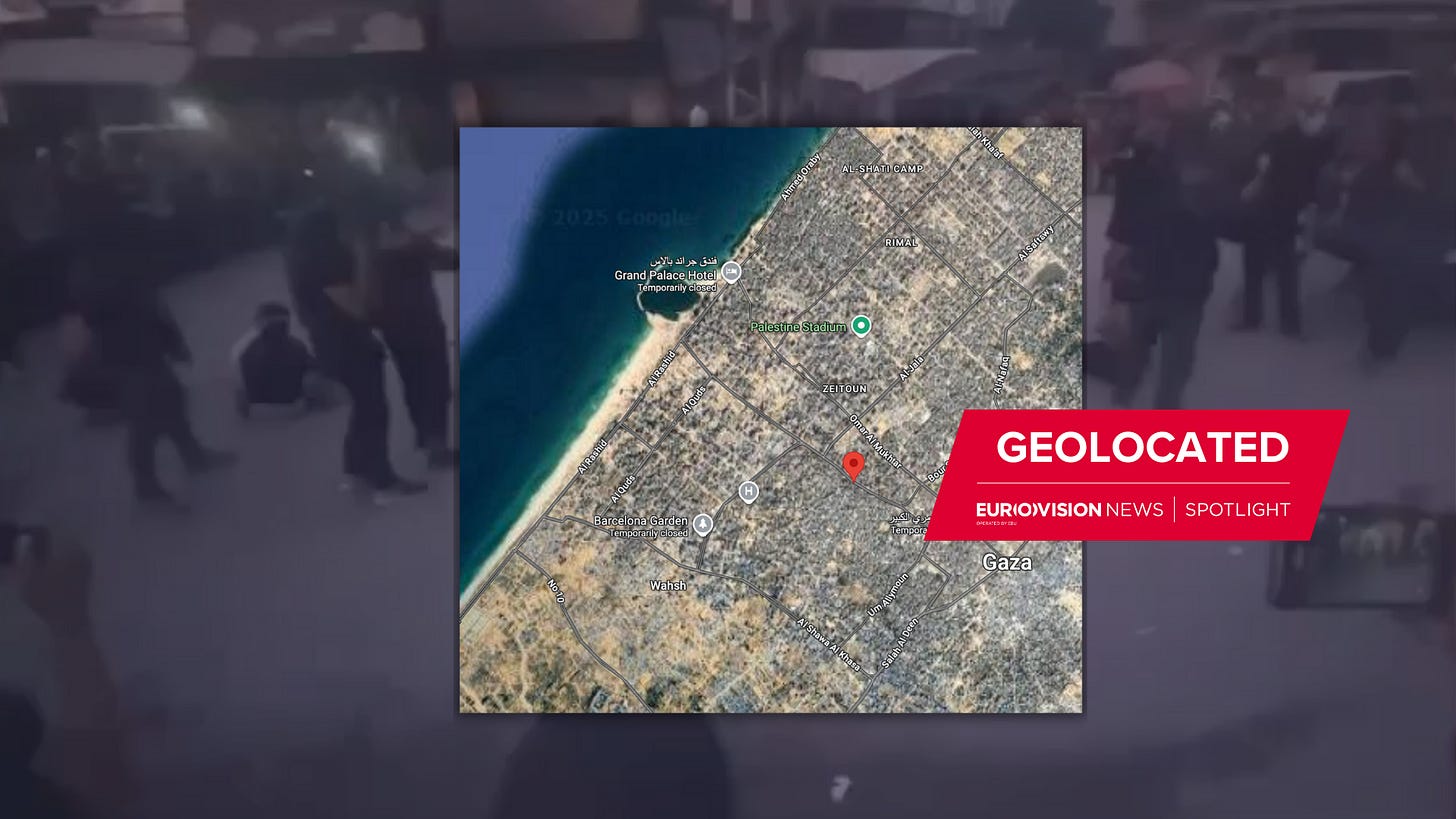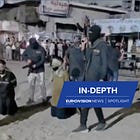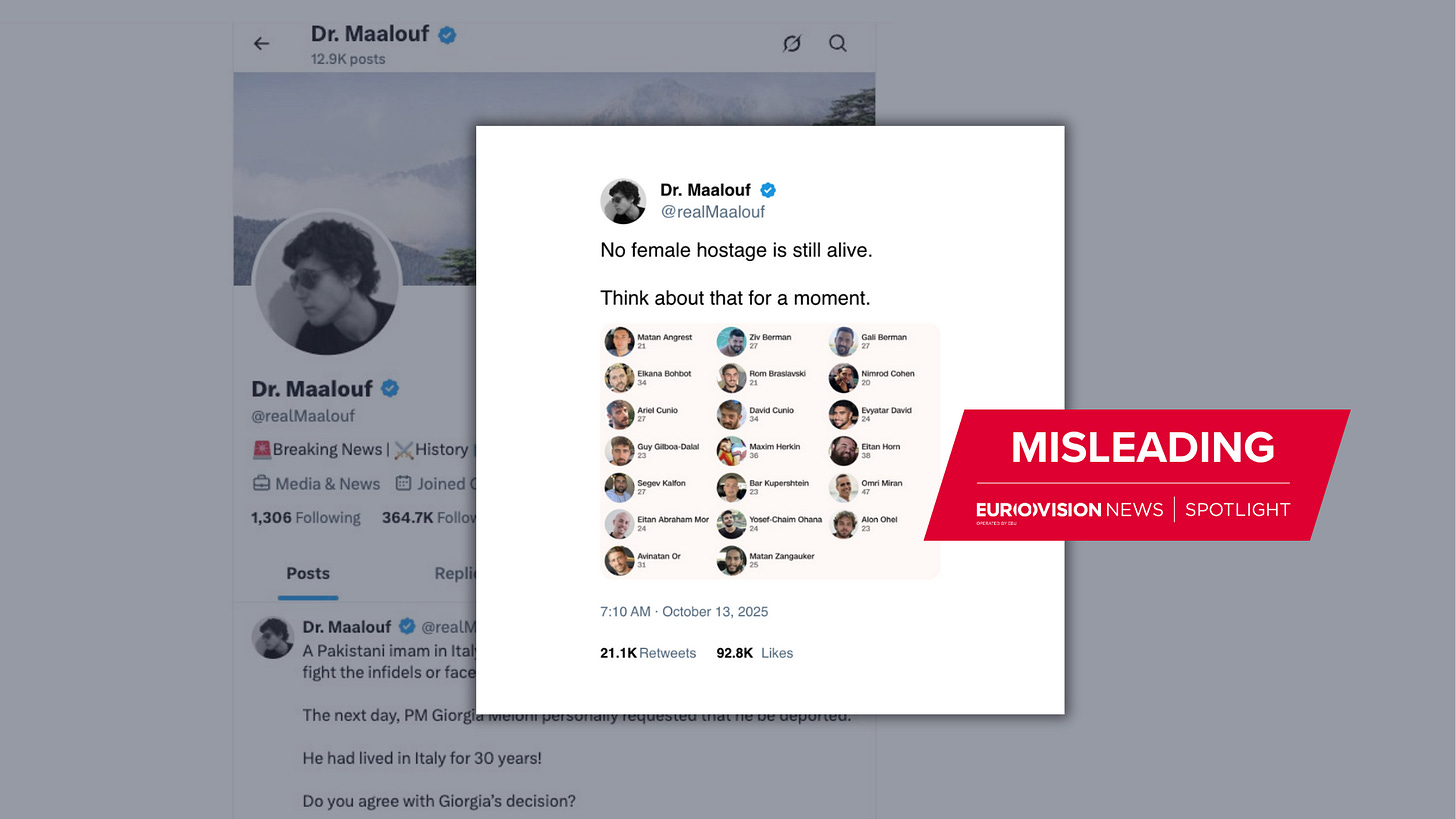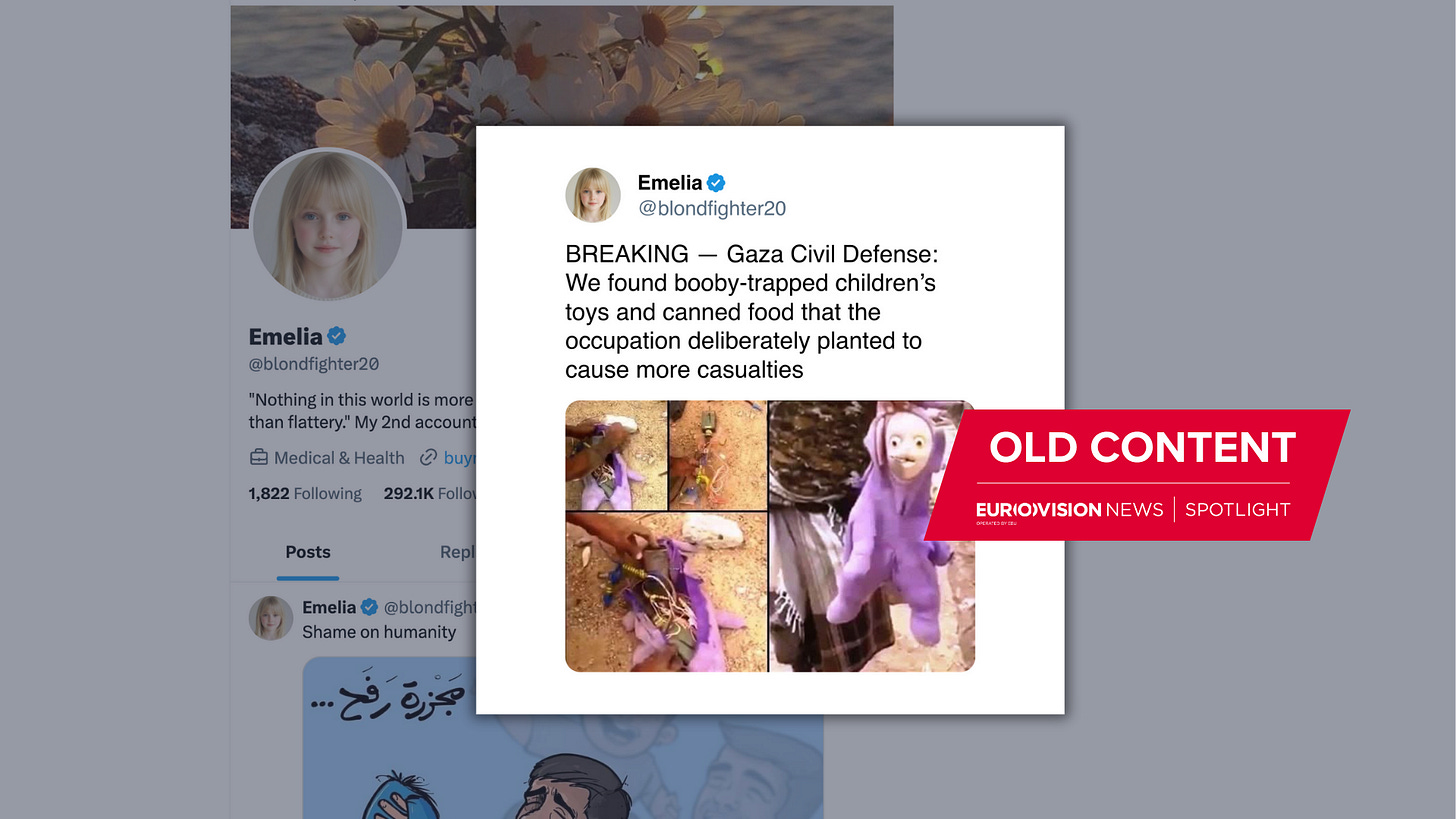Disinformation surges and Hamas targets rivals as attention turns to future of Gaza
With the fragile ceasefire holding, much remained unclear about who would govern Gaza and how the enclave might be rebuilt
The last week finally saw the implementation of a so-called Gaza peace plan proposed by the U.S. and agreed by Israel and Hamas, after talks mediated by international partners including Qatar, Egypt and Turkey.
After a week, the fragile ceasefire was mostly holding — despite reports of drone and tank activity and several deaths of Palestinians as they began moving, once again, around the Gaza Strip.
The world was hoping the guns might soon fall silent for good in the troubled region, although much remained unclear about the two parties’ dedication to a lasting peace.
And if the arrangement does go to plan, the closing of one chapter opened another full of questions. Who will run the new Gaza Strip if not Hamas? Who will rebuild the now-unrecognisable enclave? When will enough aid arrive? And how will Palestinians be represented in the new governance structure that’s being planned by the West?
With much still unclear, an information void opened up, leading to the proliferation of theories across social media and in political circles. Reports emerged of Hamas punishing rival factions in the territory, while some Israeli ministers threatened a resumption of violence amid a row over the return of hostages’ bodies.
Fact-checkers and verification journalists have been studying these issues closely. Here’s our fact-check dispatch.
Hamas executes rivals
With Israeli forces withdrawing from parts of the Gaza Strip under the ceasefire deal, Hamas was working to reassert control over areas of the enclave — despite a stipulation in the agreement that Hamas must eventually disarm.
The Hamas crackdown included public executions of its internal enemies, groups and gangs of varying ideologies, some of whom are also seeking to govern over the Palestinians living in Gaza.
Videos from the most recent execution emerged earlier this week, as well as other footage showing displays of force. The footage was shared by accounts associated with Hamas, and Reuters reported that it was confirmed as authentic by a Hamas source. Hamas has pledged to crack down on “collaborators” and “lawlessness” in the Gaza Strip.
BBC Verify’s Merlyn Thomas, Matt Murphy, Benedict Garman, and Shayan Sardarizadeh investigated the incidents, and heard from analysts who said the “show of force is at least partially intended to counter armed clans which have increasingly challenged the group’s hold on the Strip over the past two years”.
Deutschlandradio’s Sarah Schmidt further narrowed down the location where the execution footage was filmed, via a source inside Gaza and cross comparison between the footage and satellite imagery, as well as comparison of street names which are inconsistent across different mapping software.
These incidents in the Gaza Strip have obviously come to the attention of U.S. President Donald Trump, who wrote on Truth Social on October 16: “If Hamas continues to kill people in Gaza, which was not the Deal, we will have no choice but to go in and kill them. Thank you for your attention to this matter!”
A previous execution in September also targeted members of a rival gang and led to graphic footage circulating of three blindfolded men being shot in a central location in Gaza City. The video and circumstances around it were analysed by Eurovision News Spotlight’s Alice Palussiere (France Télévisions), Sarah Schmidt (Deutschlandradio), Max Gilbert (BR24), Satu Helin (YLE), Valentine Joubin (franceinfo), and Maria Flannery (EBU).
Given Trump’s reaction, the ongoing internal struggle in the Gaza Strip, and external powers plotting a new course for the governance of the enclave, this story will continue to be an important one for journalists to monitor.
Disinformation surges after ceasefire announced
The early hours and days of the ceasefire saw much celebration in both Israel and the Palestinian territories of Gaza and the West Bank. However, some accounts on social media immediately began sharing misleading claims about the story.
While the remaining live hostages were returned from Hamas captivity, a series of posts circulated widely on X regarding the fact that none of them were female. One said: “All of the female hostages are dead. Where is the outrage? Savages”, while another said: “No female hostage is still alive. Think about that for a moment.”
These posts danced around a claim that all the women being held hostage were killed. However, the truth was more nuanced, as Tetyana Klug and Josh Axelrod reported for Deutsche Welle and Javier Menasalvas reported for VerificaRTVE.
While all the remaining living hostages who were returned to Israel in the last week were indeed men, most of the women had already been returned in previous exchanges, the majority in November 2023. There was only one female hostage still unaccounted for earlier this week, Inbar Hayman, who was known to be dead. Her remains were handed over later in the week.
There were other claims, including images that were old or taken completely out of context. For VRT nws check, Daan Nicolay investigated a viral image of a Teletubbies doll that appeared to have been booby-trapped, with wires seen inside the soft toy.
According to the accompanying post, the Gaza Civil Defence had found innocent items that had been tampered with by the Israeli army. However, a reverse image search revealed a YouTube result as old as 2018, and the video is probably from Yemen.
According to old news reports from the time, it was the work of Houthi rebels, VRT reported, although it was not possible to confirm the exact origin or context surrounding the video, due to the fact that it was published among pro-Saudi quarters, which opposes the Houthis.
In another case, a video circulated that appeared to show a mobilisation of Hamas on the streets of Gaza, with a convoy of cars and militants wearing the typical uniform of black with green headbands. However, this was also old, Eurovision News Spotlight member fact-checkers found.
DW’s Tetyana Klug and Josh Axelrod said: “Some users in the comments interpret the image as being taken after the current ceasefire went into effect. That is not what this is.” According to RTVE’s Javier Menasalvas: “This video is not current. It is footage filmed in January during a prisoner exchange in Gaza. A reverse image search located the footage in a January 25 Facebook post.”
The task to rebuild a devastated Strip
Amid all the political wrangling in this story, images from inside the Gaza Strip after two years of relentless bombardment brought up a simple question: How will the local population rebuild their homes and neighbourhoods?
Much of the enclave is an unrecognisable sea of concrete rubble — which is partially why it has been so difficult to verify and geolocate footage emerging from this vastly changed landscape.
So how big is the task of rebuilding? Our colleagues at BBC Verify probed what this might look like by speaking to experts. The UN estimates that the damage is worth approximately $70 billion, and according to Prof Andreas Krieg, a Middle East security expert, “it’s worse than starting from scratch” due to the sheer amount of rubble.
Jaco Cilliers, UN Development Programme special representative for the Palestinians, said the level of destruction in the enclave is “now in the region of 84%”, according to the report by Paul Brown, Kayleen Devlin, Erwan Rivault and Barbara Metzler.
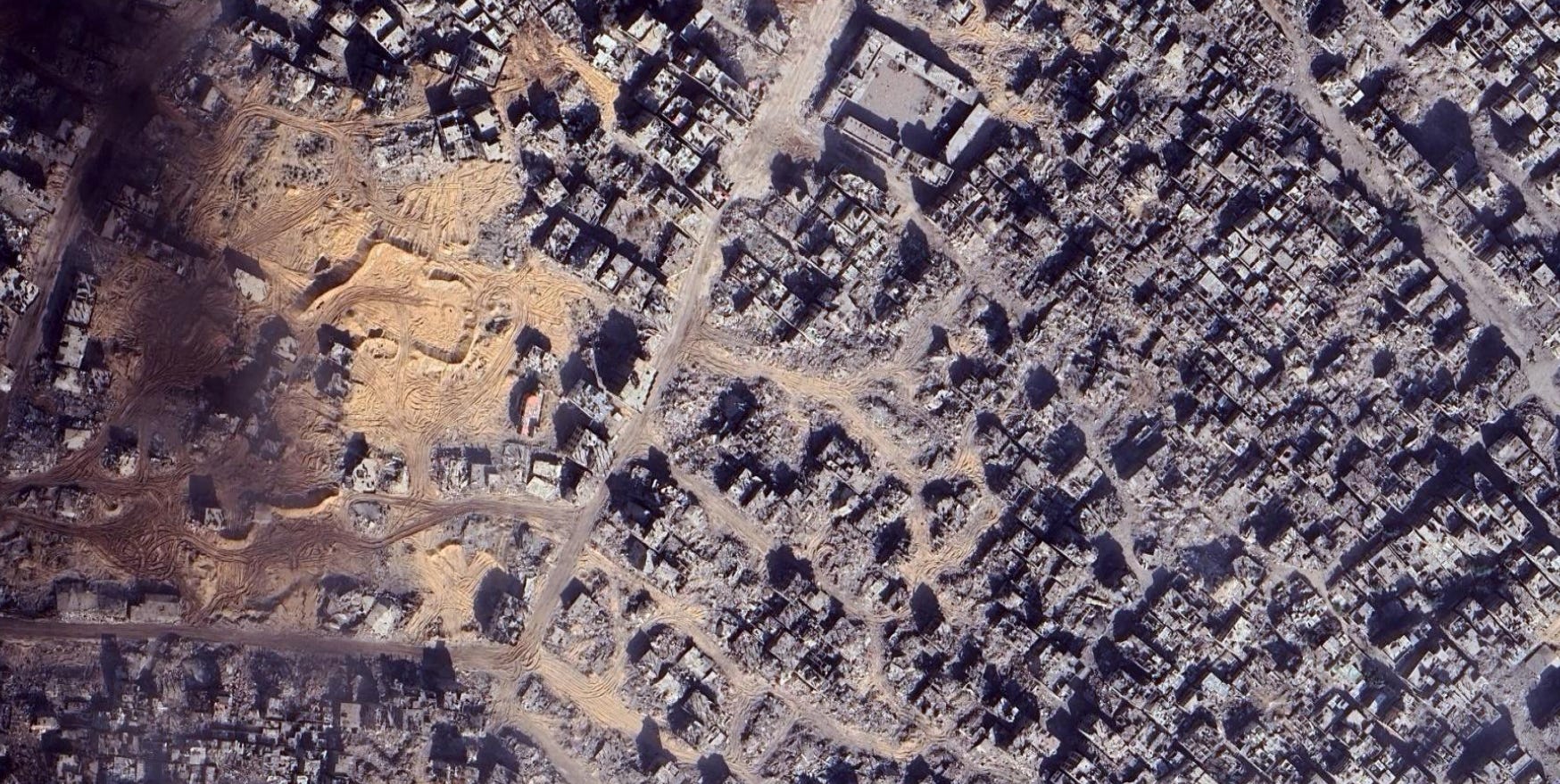
As well as the built environment, the BBC Verify team investigated the dire situation regarding clean water, sewerage access and electricity supply in the territory. Much of the vital infrastructure of the society has also been damaged, and even before the war began, the power supply was unreliable and much of it was fed in from Israel.
The issue could well become political when world leaders involved in the rebuilding efforts have to decide how best to get essential services back up and running, and whether Israel should be involved as it has in the past.
For now, Palestinians will be focused on mourning the almost 68,000 dead and accommodating the more than 170,000 wounded as they try to return to something resembling their lives before.
But even when Gaza is rebuilt, the environmental toll of both the heavy bombardment and the necessary reconstruction work — and the personal toll for those who have survived — has yet to be counted.



